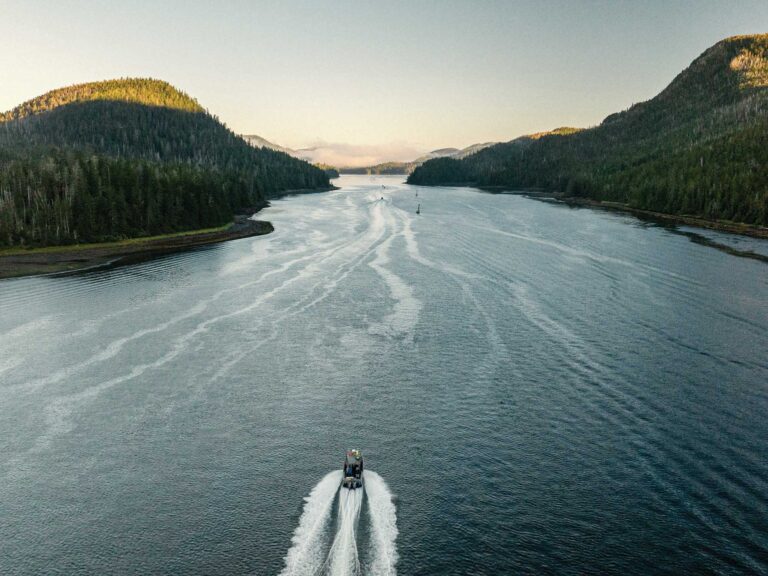Techniques
Chunking
Tuna chunking is a technique used from the Carolinas to Prince Edward Island. The center of activity lies along the Gulf of Maine and Massachusetts Bay, as well as off the Mud Holes of New York-Jersey.
Standard chunking baits are menhaden (also called bunker, pogies), butterfish, mackerel, and herring. In many cases the baits are sometimes selected from the trays of bait. Although fresh bait is preferred, along the New Jersey coast, chunkers are successful using frozen bunker. No doubt about it, it draws the Giants.
Tuna boats at anchor begin chunking before dawn, the first good bite coming at sun-up. As many as six 50-pound trays of baitfish are cut and scraped over the side, six to eight pieces at a time. Three baits are placed in the slick, two suspended further out by the use of balloons, and one directly under the boat and deep. All reels should be left at the “strike” position, and most boats are equipped with swiveling rod holders.
Where Giants appear to be leader shy, lighter mono leaders are used, sometimes as light as 150-lb test. These are protected by Tuna Balls, heavy lead sinkers having a piece of motorcycle fuel-hose running through the center.
The Tuna Ball is slipped over the top of the leader, held in place by several heavy rubber bands. When the Giant Bluefin strikes the bait, the bands snap, and the Ball slides down the leader to the fish. During the fight, the tough motorcycle material contacts the tuna’s mouth and protects the light leader material from chafing.
Trolling
The other popular East Coast method of Bluefin Tuna angling is trolling. For schoolies “footballs,” as many as 7 lures are trolled from outrigger and flat lines. The lures are positioned on the back-side of the waves leaving the boat’s stern while trolling, usually the 3rd to 7th waves.
Often trolling is blind, but when schoolie Bluefin and Yellowfin are sighted at the surface, the skipper tries to maneuver the baits in front of the school. Often five of six lures will be attacked. The boat continues under speed (5 to 8 knots) as additional fish are hooked.
For Giants, spreader bars of artificial squid (8 to 15 per bar) are trolled at speeds between 3 and 5 knots. The nature of the seas and wind contribute much to the actual trolling speed. As a rule, troll in the trough of the seas using 3 or 4 spreaders. Make sure the stainless bars are out of the water, not plowing or splashing. High outriggers are a great advantage. If the squid shells are “drowning,” increase a few engine rpms.
As in chunking, trolling reels are left at “strike,” helping with solid Bluefin hookups. Its a great thrill to see a 600-lb Giant hit a top-water bar. The splash and tear from the rigger are awesome proof of this fish’s great strength.









